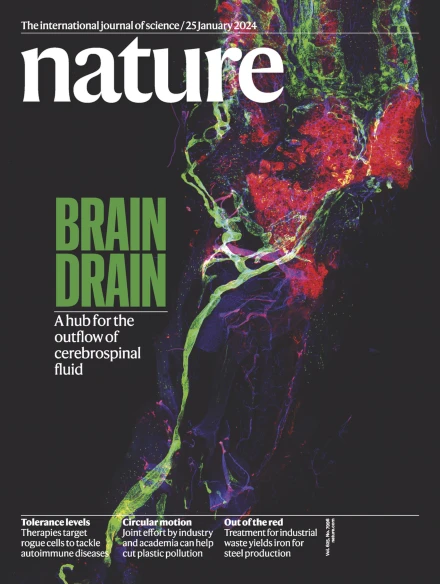In vivo mapping of mutagenesis sensitivity of human enhancers
IF 48.5
1区 综合性期刊
Q1 MULTIDISCIPLINARY SCIENCES
引用次数: 0
Abstract
Distant-acting enhancers are central to human development1. However, our limited understanding of their functional sequence features prevents the interpretation of enhancer mutations in disease2. Here we determined the functional sensitivity to mutagenesis of human developmental enhancers in vivo. Focusing on seven enhancers that are active in the developing brain, heart, limb and face, we created over 1,700 transgenic mice for over 260 mutagenized enhancer alleles. Systematic mutation of 12-base-pair blocks collectively altered each sequence feature in each enhancer at least once. We show that 69% of all blocks are required for normal in vivo activity, with mutations more commonly resulting in loss (60%) than in gain (9%) of function. Using predictive modelling, we annotated critical nucleotides at the base-pair resolution. The vast majority of motifs predicted by these machine learning models (88%) coincided with changes in in vivo function, and the models showed considerable sensitivity, identifying 59% of all functional blocks. Taken together, our results reveal that human enhancers contain a high density of sequence features that are required for their normal in vivo function and provide a rich resource for further exploration of human enhancer logic. Human enhancers contain a high density of sequence features that are required for their normal in vivo function.


人类增强子诱变敏感性的体内定位
远距离促进剂对人类发育至关重要。然而,我们对其功能序列特征的有限理解阻碍了对疾病中增强子突变的解释2。在这里,我们在体内测定了人类发育增强剂对诱变的功能敏感性。我们专注于在发育中的大脑、心脏、肢体和面部活跃的7个增强子,为超过260个突变增强子等位基因创造了1700多只转基因小鼠。12碱基对块的系统突变集体改变每个增强子的每个序列特征至少一次。我们发现69%的基因块是正常体内活动所必需的,突变通常导致功能的丧失(60%)而不是获得(9%)。利用预测模型,我们在碱基对分辨率上标注了关键核苷酸。这些机器学习模型预测的绝大多数基元(88%)与体内功能的变化相吻合,并且模型显示出相当高的灵敏度,识别了所有功能块的59%。综上所述,我们的研究结果表明,人类增强子含有高密度的序列特征,这些特征是其正常体内功能所必需的,并为进一步探索人类增强子逻辑提供了丰富的资源。
本文章由计算机程序翻译,如有差异,请以英文原文为准。
求助全文
约1分钟内获得全文
求助全文
来源期刊

Nature
综合性期刊-综合性期刊
CiteScore
90.00
自引率
1.20%
发文量
3652
审稿时长
3 months
期刊介绍:
Nature is a prestigious international journal that publishes peer-reviewed research in various scientific and technological fields. The selection of articles is based on criteria such as originality, importance, interdisciplinary relevance, timeliness, accessibility, elegance, and surprising conclusions. In addition to showcasing significant scientific advances, Nature delivers rapid, authoritative, insightful news, and interpretation of current and upcoming trends impacting science, scientists, and the broader public. The journal serves a dual purpose: firstly, to promptly share noteworthy scientific advances and foster discussions among scientists, and secondly, to ensure the swift dissemination of scientific results globally, emphasizing their significance for knowledge, culture, and daily life.
 求助内容:
求助内容: 应助结果提醒方式:
应助结果提醒方式:


